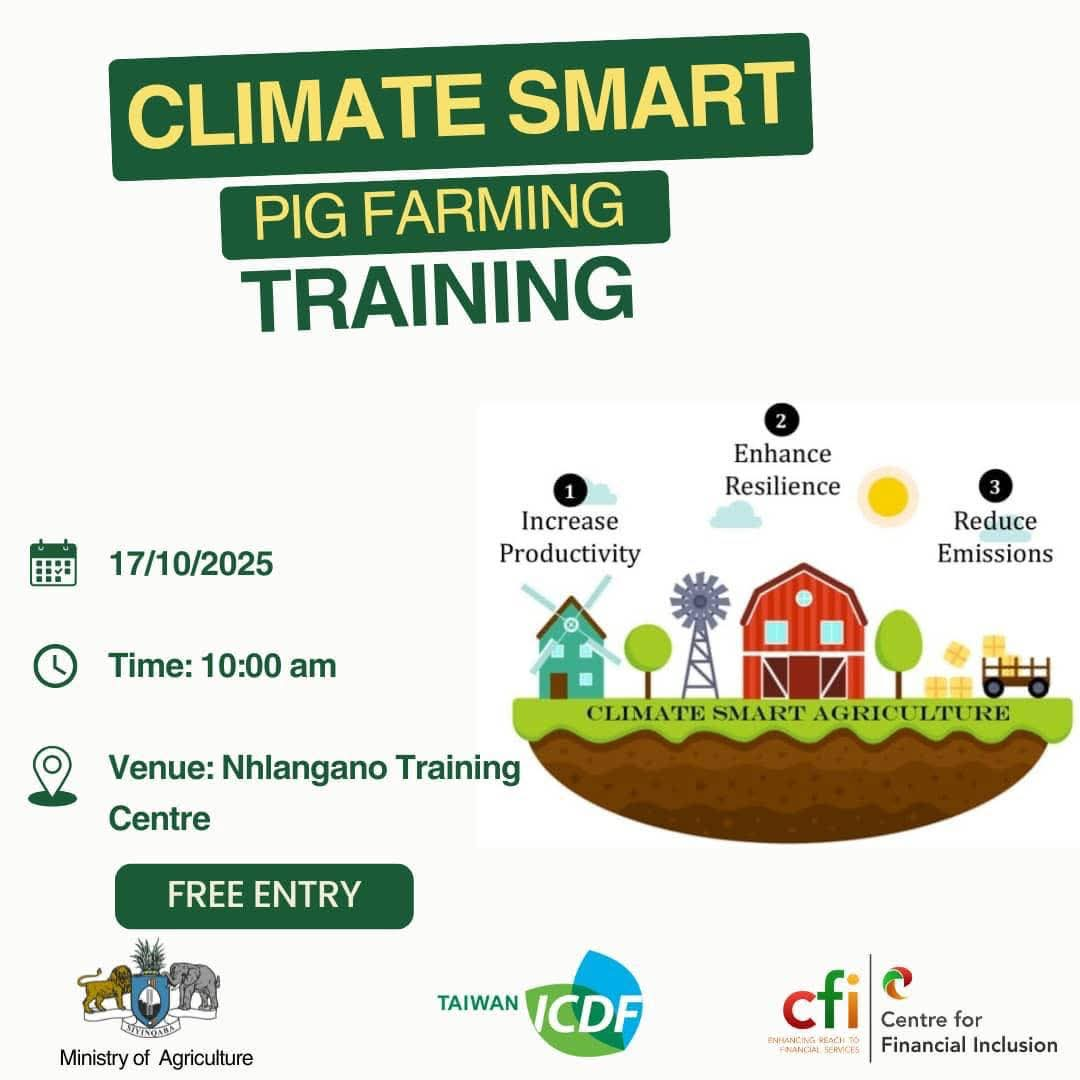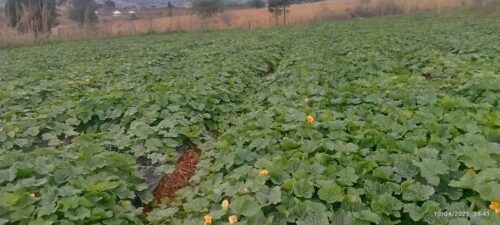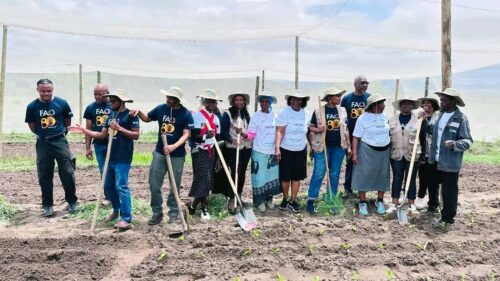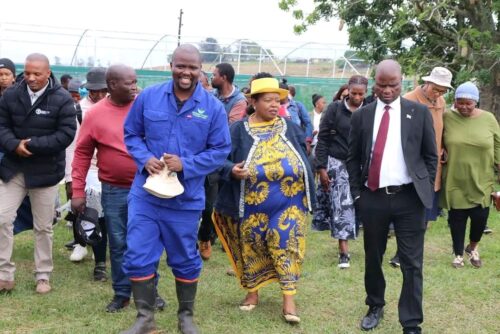By: Sikhona Sibandze
Manzini — Climate-smart agriculture (CSA) is shifting from policy talk to field practice, with a growing toolkit aimed at helping farmers boost yields, withstand erratic weather and cut input waste, all while lowering emissions. With drought, heat spikes and late rains reshaping planting calendars across Eswatini, extension officers and development partners say CSA now offers practical, low-cost steps that can pay off within a season.
What is new
The latest wave of CSA emphasises precision and resilience:
- Forecast-led decisions: Hyper-local weather updates delivered by mobile and WhatsApp are informing planting dates, spray timing and irrigation windows—reducing losses from false starts and heatwaves.
- Stress-tolerant genetics: Early-maturing and drought-/heat-tolerant seed for maize, sorghum and legumes, alongside hardier livestock breeds, is safeguarding production under tighter rainfall.
- Soil-first agronomy: Minimum tillage, cover crops and crop rotations are rebuilding organic matter, improving moisture retention and reducing fertiliser dependence.
- Water efficiency: Drip systems, solar pumping and on-farm rainwater harvesting are turning scarce water into reliable output for smallholders.
- Smarter inputs: Soil testing, micro-dosing fertiliser and the use of composts/biologicals are cutting waste and runoff.
- Risk tools: Index-based weather insurance and climate finance grants are helping farmers adopt practices and cushion bad seasons.
What farmers need to know
- Start with the soil. Keeping soil covered, disturbing it less and feeding it with compost or manure improves structure and water-holding capacity—often the difference between a failed crop and a modest harvest.
- Diversify and rotate. Pair cereals with legumes (maize–soybean, sorghum–cowpea), integrate fodder shrubs or fruit trees and stagger planting to spread risk.
- Treat water as an input. Harvest runoff, mulch to limit evaporation and shift to plot-level irrigation scheduling rather than blanket watering.
- Use information, not guesswork. Base field operations on verified local forecasts and simple record-keeping of costs, rainfall and yields.
- Organise. Groups and cooperatives can bulk-buy inputs, share equipment like rippers and planters, access training faster and negotiate better market terms.
- Inclusion matters. Training that involves women and youth increases adoption and improves household-level decision-making.
Why it matters: the payoffs
Evidence from extension programmes and farmer field schools points to a set of consistent gains:
- Yield stability in bad years; higher ceilings in good years. Soil cover and timely planting reduce climate shocks; improved genetics lift potential.
- Lower input bills. Precision fertiliser, integrated pest management and on-farm fertility cut cash costs.
- Water security. Better soils and efficient irrigation stretch limited supplies.
- Healthier fields and herds. Biodiversity and better feed reduce disease pressure.
- Market advantage. Buyers and financiers increasingly prefer demonstrably sustainable production.
- Asset growth. Rising soil organic matter improves long-term land value.
Who is enabling (Climate Smart Agriculture) CSA in Eswatini
- Ministry of Agriculture is translating CSA into plot-level practice through extension and farmer field schools, expanding access to stress-tolerant seed, scaling soil testing, and coordinating early-warning advisories.
- Taiwan ICDF provides the technology lift—demonstration plots for drip irrigation, solar pumping and fertigation; on-farm trials for improved rotations; and training-of-trainers to spread water- and input-efficient methods.
- Centre for Financial Inclusion (CFI) turns viable practices into bankable projects via climate-smart input loans, savings-group linkages, digital record-keeping, and index-based weather insurance that de-risks adoption.
Farmers seeking hands-on guidance can tap into an upcoming Ministry-led Climate-Smart Pig Farming session in Nhlangano—run with support from Taiwan ICDF and CFI—covering feed efficiency, heat-stress housing, water-smart systems, and turning manure into value. It’s a practical doorway into CSA you can apply immediately.
Climate Smart Agriculture is not a single product or one-off project; it is a practical toolbox to produce more with less risk. For farmers navigating tighter seasons and rising costs, climate-smart methods are now sound economics.




